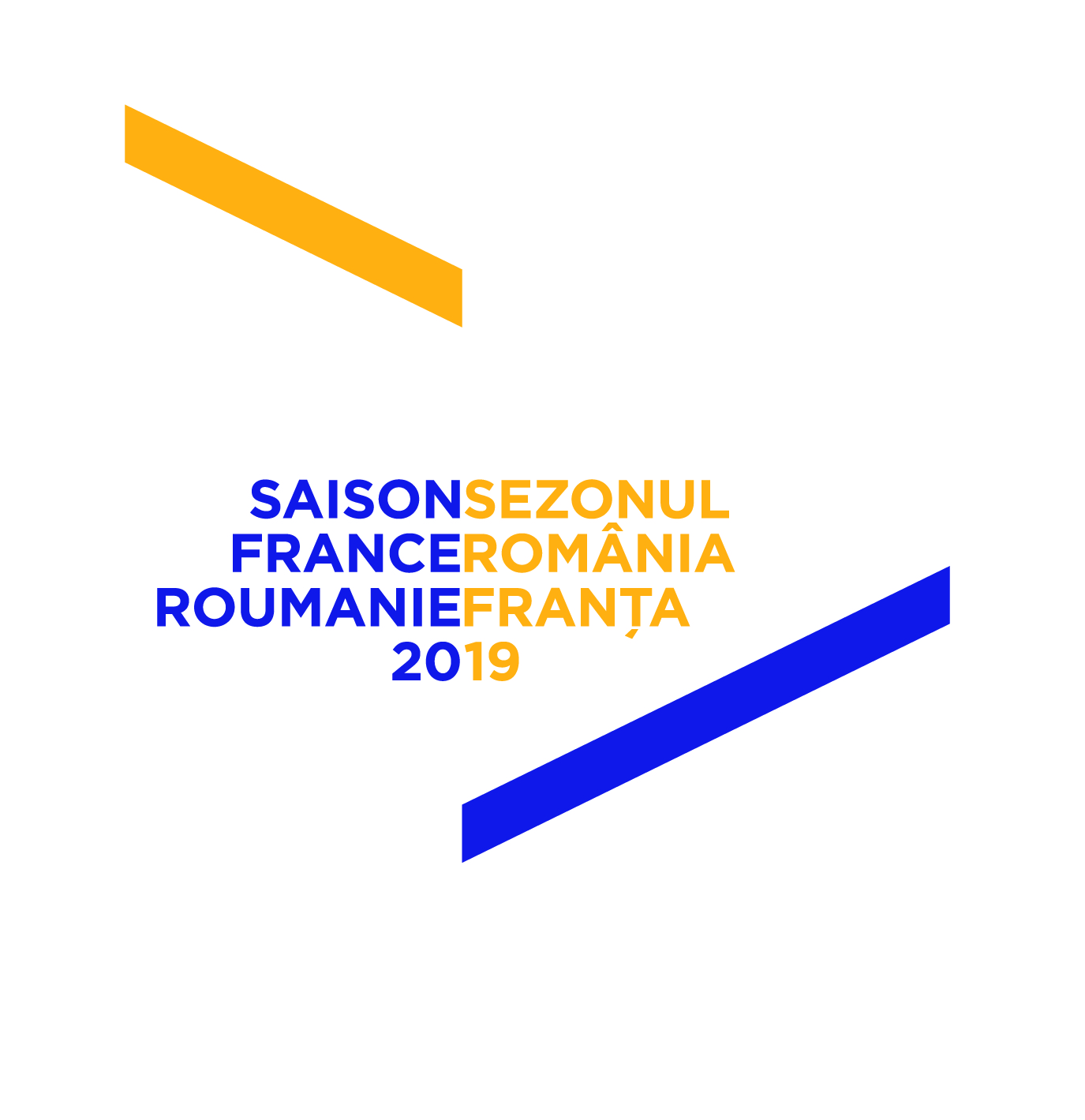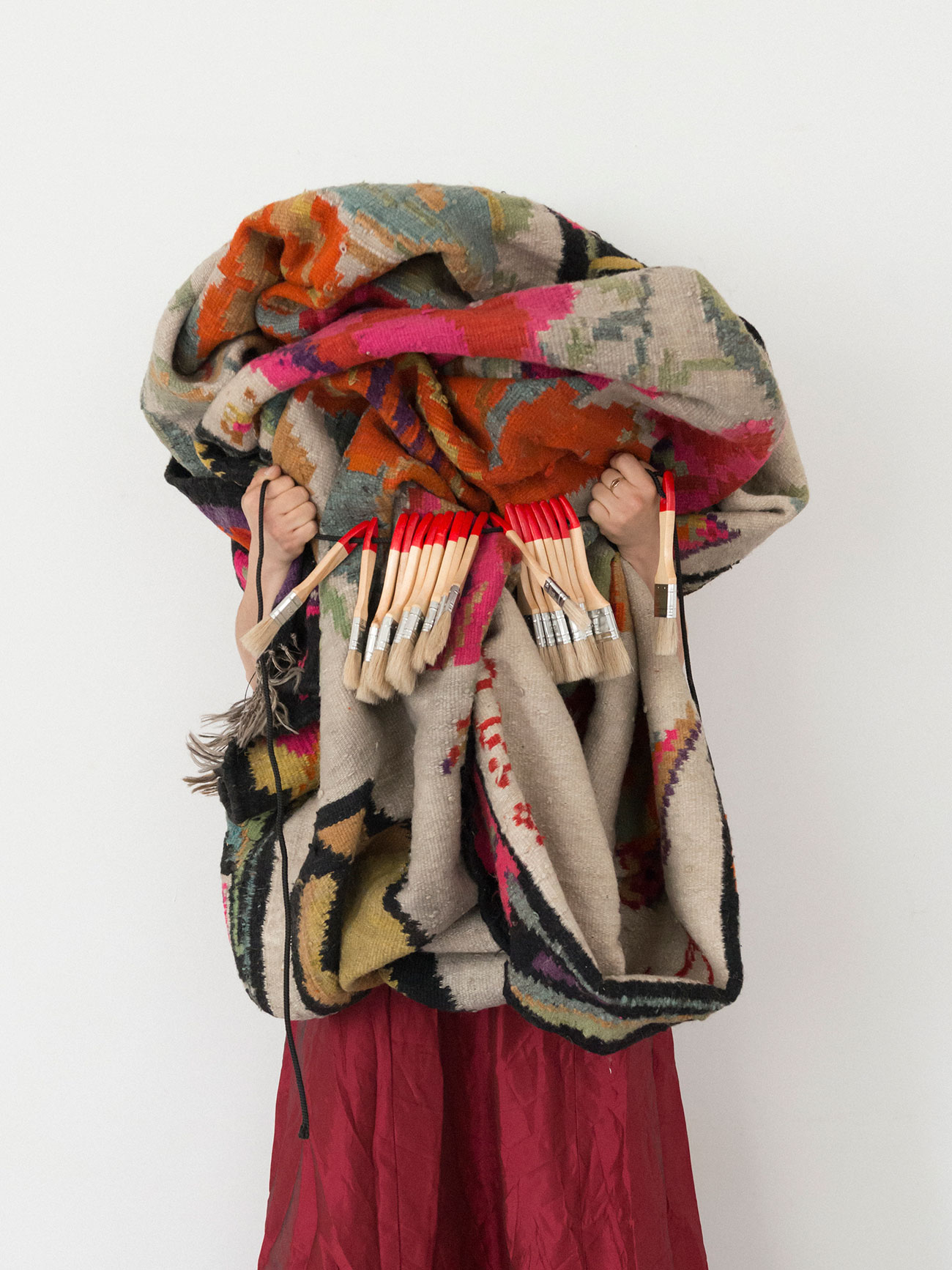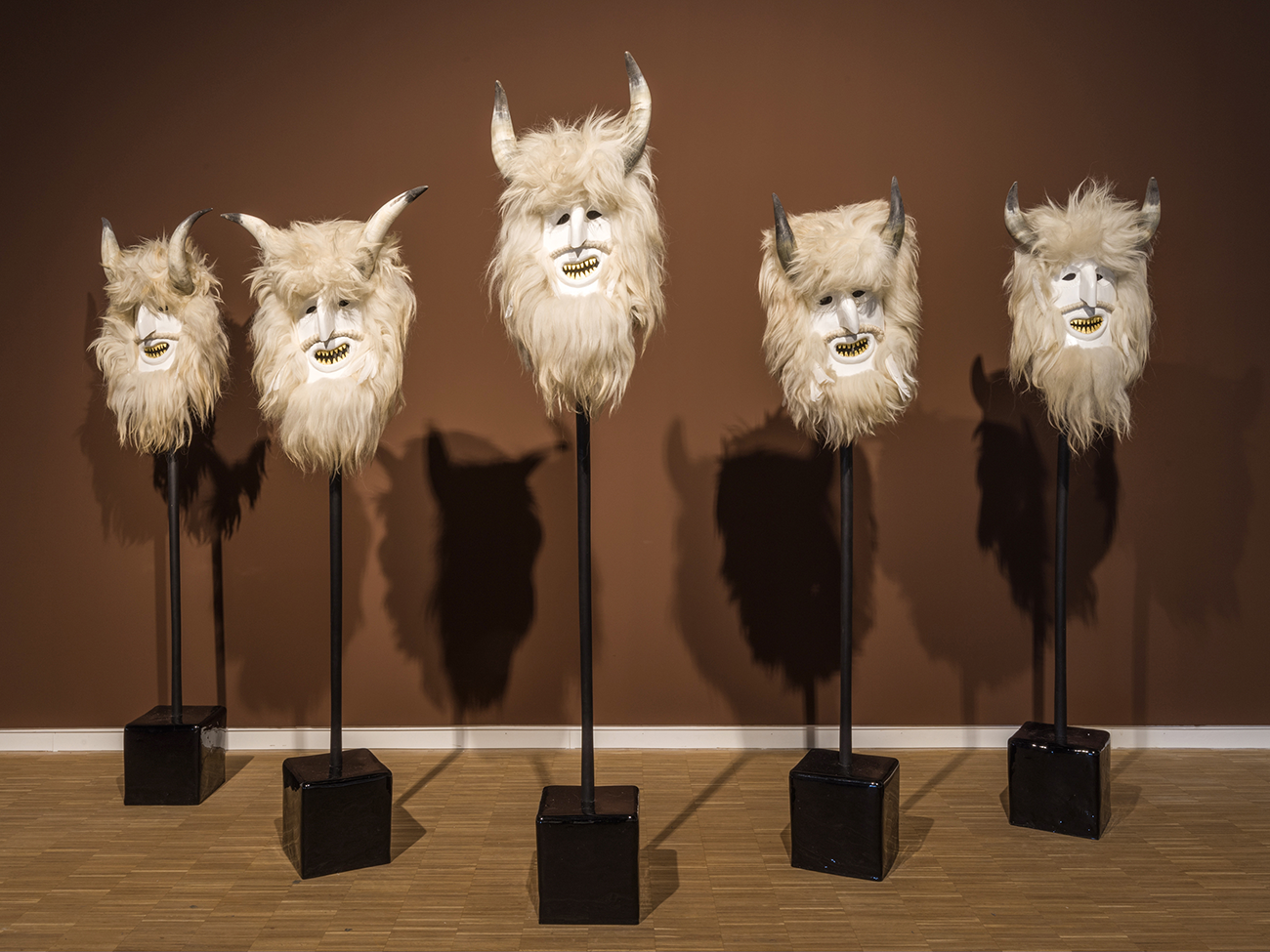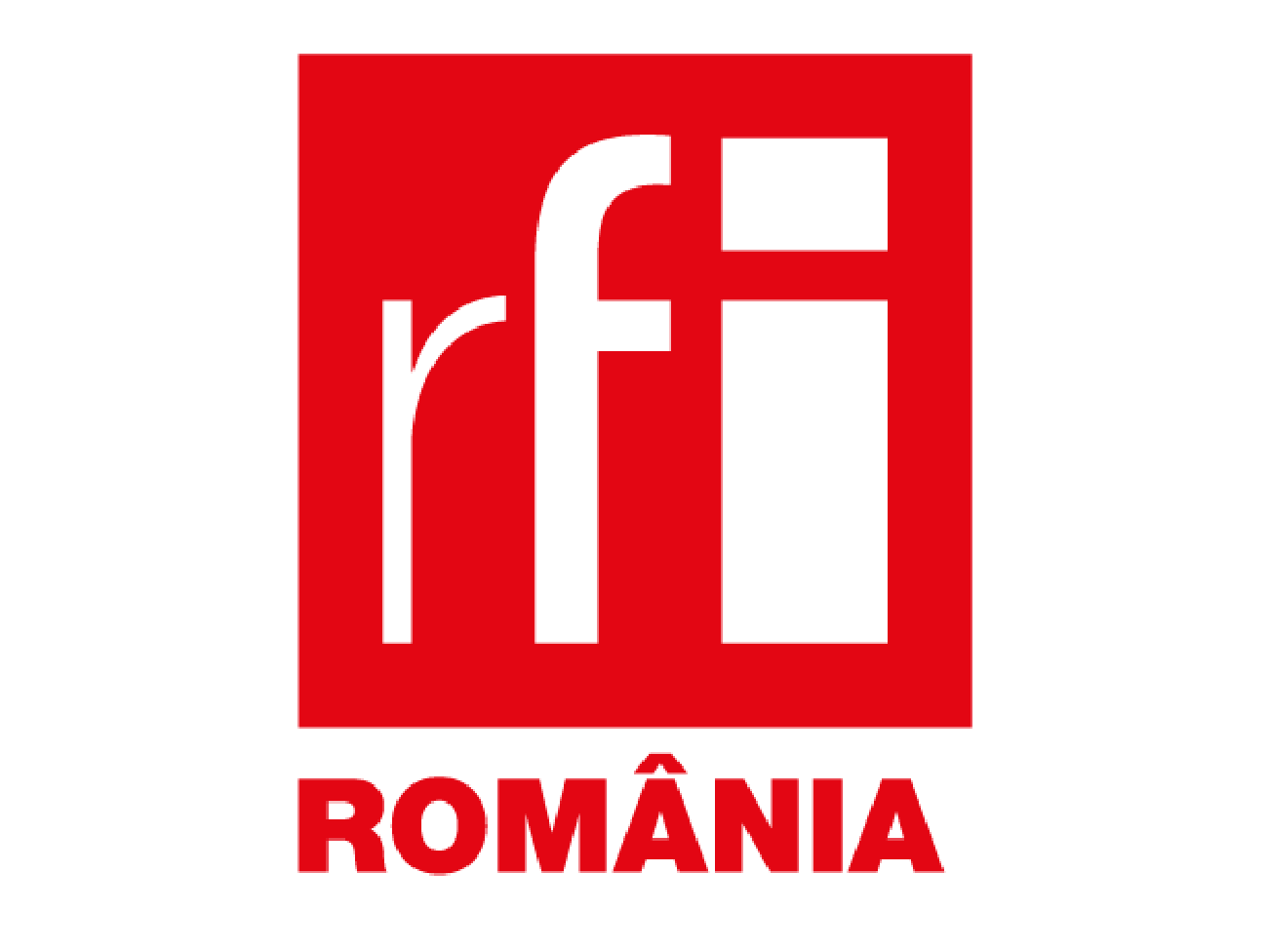Persona
Works by Romanian artists
Mucem, fort Saint-Jean—
Fort Saint-Jean Georges Henri Rivière Building (GHR) 320 m2
|
From Friday 5 April 2019 to Sunday 23 June 2019
Last Days
The exhibition "Persona. Works by Romanian artists" questions notions of identity and identification through different motifs, such as the mask.
Traditional or contemporary, it can be brought into play within the process of the construction or deconstruction of an identity. As a support for creativity, disguise, or dissimulation, it opens up new horizons for its wearer.
In Romania, practices around masks form part of an ancient tradition, dating back to pagan rites that celebrated the cycles of life and the seasons and appealed to gods and demons.
Taking the motif of the mask as a starting point, the exhibition, devised by curator Diana Marincu, suggests a new approach to the question of multiple identities. Mixing contemporary art, folklore and popular arts, it confronts traditional Romanian objects from the collections of the Mucem with the works of eight Romanian artists of different generations: Ioana Bătrânu, Anca Benera and Arnold Estefan, Răzvan Botiş, Mircea Cantor, Olivia Mihălţianu, Anca Munteanu Rîmnic, and Ioana Nemeş. It presents drawings, installations, sculptures, photographs, videos, and original works created specially for this project.
The exhibition first considers the links between ethnographic heritage and rites of folklore and mythology, before proposing a broad critical examination of national, cultural, and ethnic affiliations. Made up of different stories that question the nuances between local particularity and universal character, it presents a panorama of the most significant artistic engagements of Romanian art today.
—Curation : Diana Marincu, curator
—Scenography :Pascale Linderme, Agence Privée
-
Interview with Diana Marincu, exhibition curator
-
Mucem (M.) Why did you choose the motif of the mask to begin your thinking on the notion of identity
Diana Marincu (D.M.) The mask is an excuse to explore a far vaster topic: I do think that when we talk about the mask from the perspective of ancient beliefs and popular cultures, we must also address the issues of belonging, cultural identity, and national particularities. As a medium for creativity, destruction, or disguise, the mask can open up new horizons and new identities that take into account its multiple functions. Its use dates back to pre-Christian rituals, where playing the role of the devil or of a positive force (motivated by superstitions and pagan beliefs) was related to the rhythm of nature, the cycles of life, and the connection between Heaven. and Earth. One of the questions arising from this research is what can be considered "national" and what becomes universal.
(M.) Is the mask a strong aspect of Romanian traditional culture?
(D.M.) Yes, origins of the mask can be found in ancient, pre-Christian, and pagan rituals. And even today, mask making continues in some village communities in Romania. This is certainly due to the fact that such an activity can sustain community cohesion, because everyone gets involved in decorating newly created masks.
It is the fund of Romanian masks preserved at the Mucem that aroused my interest for this type of object. They indeed make up a major part of the museum's Romanian collection.
The different ways in which a mask can act as a tool in the construction and deconstruction of an identity, whether as a traditional symbol or a temporary camouflage, are related to its capacity to liberate – it allows us to "leave" our body – and to the powers that this magical object confers. The fictional space, that the mask sets out, erases the laws of time and space, as well as the opaque layer that separates mankind from other worlds.(M.) The purpose of this exhibition therefore goes far beyond questioning the nature of the mask ...
(D.M.) The exhibition uses different elements of ethnographic research, but its purpose is broader. It is not only about making some kind of mythological detour of ancient beliefs and rituals, but rather and above all to evoke major issues of today. It is a way of "updating" items of knowledge around traditions and also to deconstruct some clichés related to the notion of cultural heritage.
(M.) Somewhere between contemporary art and ethnography, is this exhibition also seeking an identity for itself?
(D.M.) The exhibition is clearly based on the idea of a two-sided image, or, if you prefer, a two-version story. This is at the heart of what it suggests. It will rapidly become clear to the visitor that this exhibition is a way of challenging what we know to be established facts, as well as incorporating fictional narratives into the story. If we were to limit ourselves only to the aesthetic level, we would be making the assumption that all the pieces presented are mere references to ethnographic research. But we will sometimes be confronted with tiny and insignificant variations that give a totally new meaning to an object or an image. Take for example the artisanal totem of artists Anca Benera and Arnold Estefan, which reveals itself as being a subversive declaration that uses vocabulary that is critical of nationalist postures.
(M.) How did you choose the artists that were selected for this project?
(D.M.) It is precisely the choice of artists that led me to the development of the exhibition. I wanted to have strong artistic positions and, from the outset, was looking for artists who were really interested in the subject of cultural production linked to other fields of research – and not just the visual arts. I also had in mind a selection of artists who do not strictly "represent" Romanian identity. Artists of the diaspora, artists living and working in Romania, artists of different generations, artists of different ethnic origins, artists using a wide variety of techniques – each of them presents a particular point of view and a critical approach, that together make up the puzzle of this exhibition and can be read on multiple levels.
Partners and sponsors
Exhibition organized as part of the France-Romania Season 2019.

With the support of the sponsorship comittee of the France-Romania Season.
In partnership with France Médias Monde

![Anca Benera & Arnold Estefan, Isa, por ës homou vogymuk (We are all dust and ashes) [Nous ne sommes que cendres et poussière], 2017-en cours © Courtoisie des artistes Anca Benera & Arnold Estefan, Isa, por ës homou vogymuk (We are all dust and ashes) [Nous ne sommes que cendres et poussière], 2017-en cours © Courtoisie des artistes](/sites/default/files/2018-12/Anca-Benera%26Arnold-Estefan%2C-Isa%2C-por-%C3%ABs-homou-vogymuk-%28Indeed%2C-we-are-all-dust-and-ashes%29%2C-2011-2017%2C-sculpture-bois%2C-dimensions-variables.-%28c%29-Courtesy-of-the-artists.jpg)



